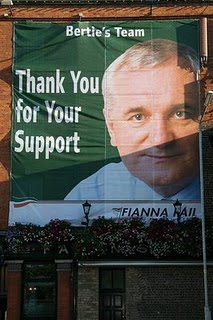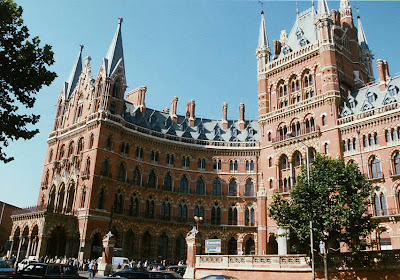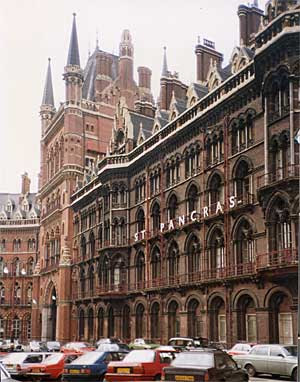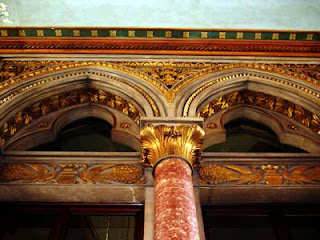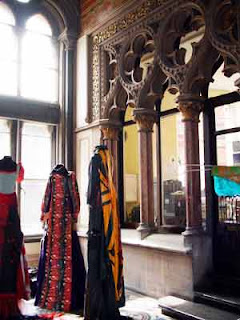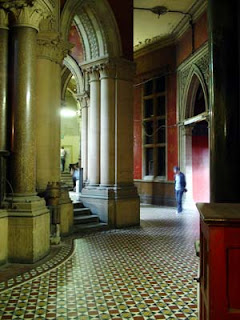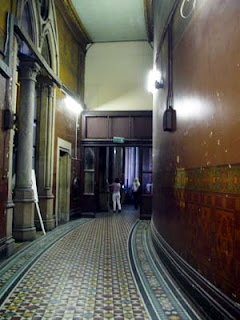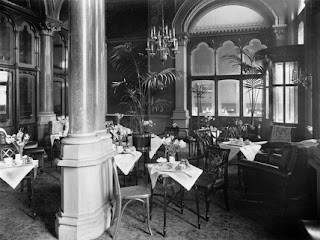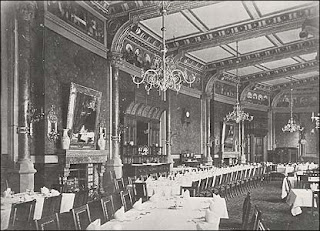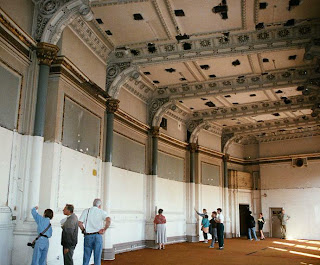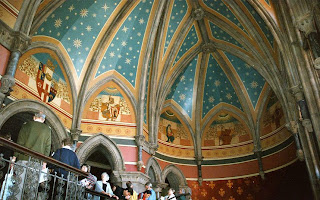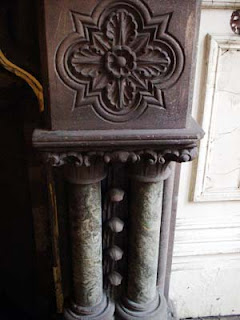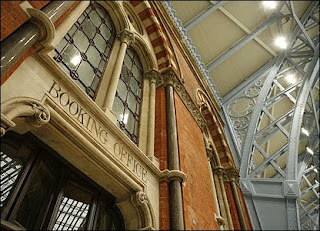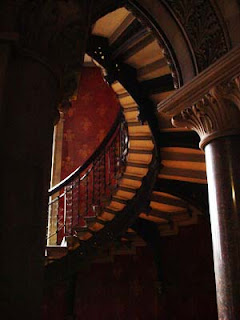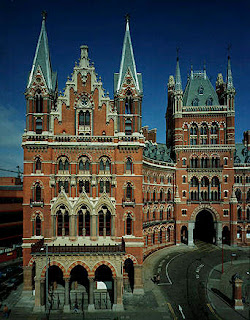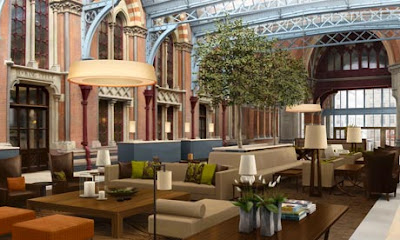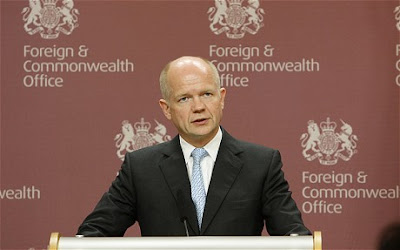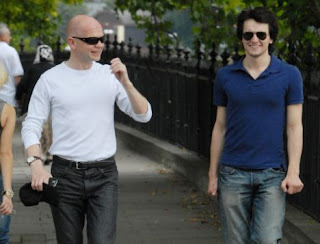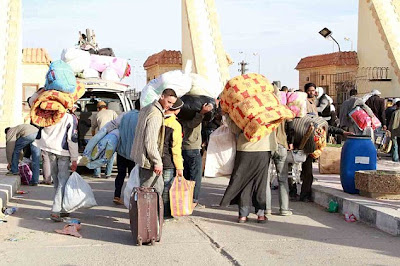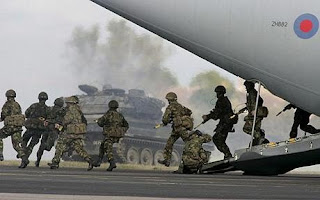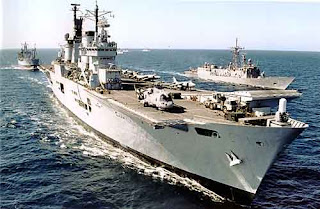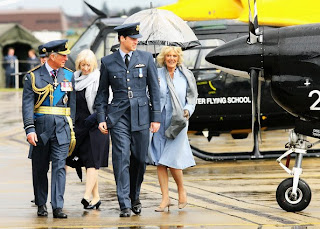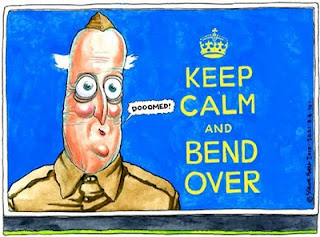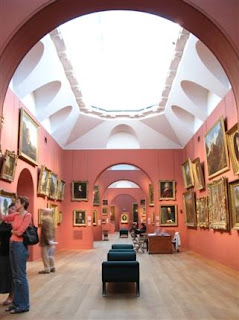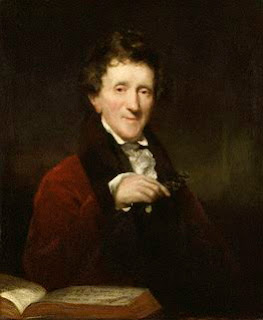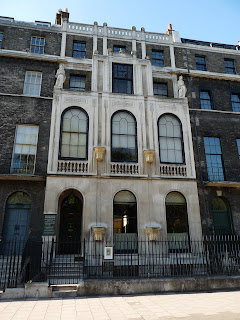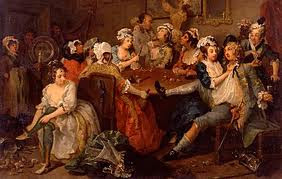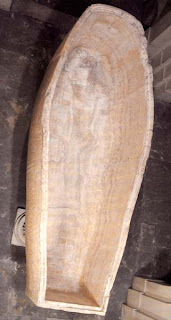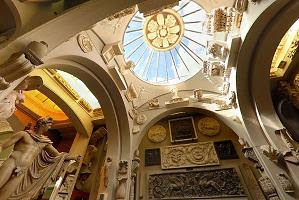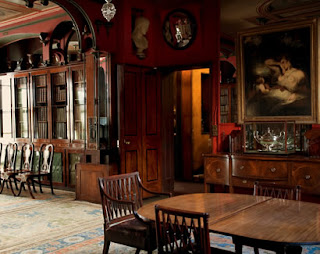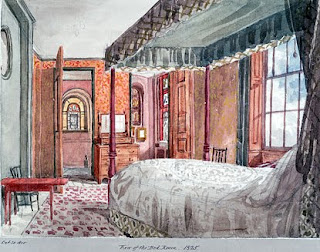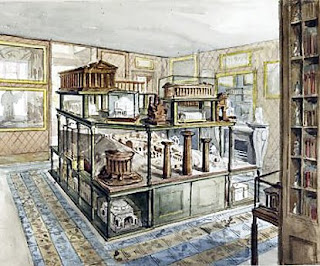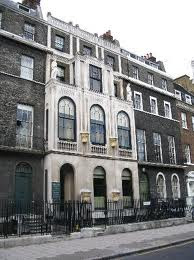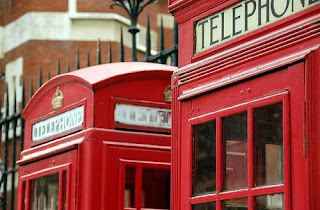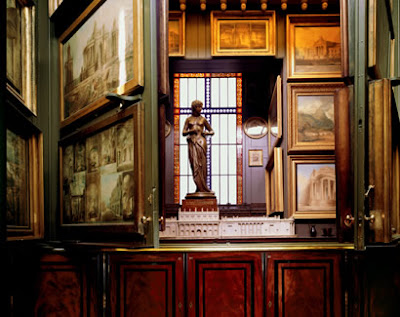
Congratulations to Ireland on electing a new puppet Government. The election will not reduce the interest rate on its €80bn bailout by a quarter of a percentage point; it will not diminish the burden of the deficit by so much as an old Irish Punt (the pre-euro currency which rhymed with Bank Manager). It will hang around the necks of the Irish for decades, and rest upon the shoulders of their children and their children’s children. If Gaddafi Adams is the answer then what is the question? The HUGE mistake was to guarantee not just deposits but ALL the liabilities of Irish Banks. The Hedge Fund Bondholders have been in LMAO mode ever since. Alas I had anticipated years ago that a monetary policy designed for Germany and France would make the PIGS (Portugal, Ireland, Greece, Spain) squeal and so it has come to pass;
http://daithaic.blogspot.com/2007/09/euro-opportunity-or-threat-for-britain.html

Welcome to Dublin!
Fine Gael have been swept to power on the back of a promise to renegotiate the terms of Ireland’s €80bn bailout by the European Union and International Monetary Fund. But Enda Kenny (a leader so impressive his own party tried to give him the heave 8 months ago) like all the other “believe my promises" Irish Politicos has no real power, Ireland’s sovereignty has been removed. The greatest joy is that the Greens have been totally stuffed, losing all their six seats. It's funny how it works that way. They do alright until they get a bit of power – then people realise how absolutely crap they are, and they never get another look in.

As for the Labour Party well I’ve always voted Labour in any country I’ve lived in and I know and like Eamonn Gilmore since we were both involved in the Union of Students in Ireland in the 70’s. However their economic policy has not moved much beyond the “increase taxes to eliminate poverty era.”

We'll always have Riverdance!
Lack of democratic accountability means the same austerity measures will still be imposed, exactly as they are across the euro zone. The impotence of Ireland to influence its own future will lead to bitterness and alienation. This in turn will lead to continuing dishonesty and delusion among a population for whom the “stroke” is a National Religion – this is the only country where a €78 million Euro lottery winner was found to be on benefits and working, claiming “Single Mother’s Allowance” when with a partner and having a holiday home in Turkey and was feted as a “character.” This is a country with the same population as Greater Manchester which still supports 340 Quangos full of self important, self serving popinjays getting in the way of reality. This is a country which when it became wealthy spent its money on buying itself in a huge property bubble.

You can't go wrong with land - sure they are not making any more of it!
But let us consider the nature of the Bailout and the preceding speculative Bubble and the issue of Ireland’s default becomes a “when”, not an “if.” Before the property bubble Ireland had the highest level of home ownership in the EU, at 62% way ahead of Germany, France and the Netherlands. Indeed the nearest is its near neighbour the U.K. where the “love of property” has really really been a “love of inflation.” So where does this leave property values in the short term as we enter a low inflation or possibly deflationary scenario? In the UK when residential property crashed in 1990 the average house price was 11 times average earnings. When reality hit Ireland in 2007 the average house price was an astounding 23 times average earnings. There are estimated to be 230,000 unsold new homes of which 110,000 are “holiday” homes. Add to the zombie estates, the zombie hotels built for tax breaks and without customers and the zombie developments then there are so many walking dead in the Irish property world that nobody can reliably predict future asset values or ascertain the reality of security behind current borrowings.
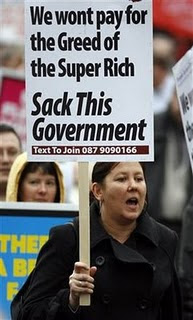
The Irish Independent reports today that there are 44,508 mortgages more than 3 months in arrears totalling €8.6 Bn, making each non-performing mortgage worth around € 193,000. Take the € 80 Bn Bailout Ireland has received. Ireland has a labour force of 2.2 million of which around 430,000 are currently claiming unemployment benefit of some sort. Abstract also the estimated 300,000 Public Sector workers this leaves a generous 1,470,000 workers (including those working in zombie hotels) in the wealth producing sectors of the economy. So the € 80 Bn Bailout equates to roundly € 55,000 for every productive worker. Add to this annual interest servicing costs of € 4,960 per annum and you get the scale of the problem, Ireland’s public and private debt is simply unsustainable. Most reconstructions, Bankruptcy and liquidations, involve substantial debt reduction, a write off of debt before you begin a fresh start. Ireland is in unrealistic denial about being able to service its Public and private debt making the hard stop of debt default inevitable sooner rather than later.

Fecked!
Of course the election is not all bad news - but at least we don't have to look at Cowen any more ... until he turns up again with a nice little earner, courtesy of the "colleagues". The inevitable default in the next two years will alienate a whole generation. The puppets may have changed but the same puppet master is still pulling the strings. Congratulations to Jean Claude Trichet of the European Central Bank on his election win. IMF/ECB still rules! Simples!
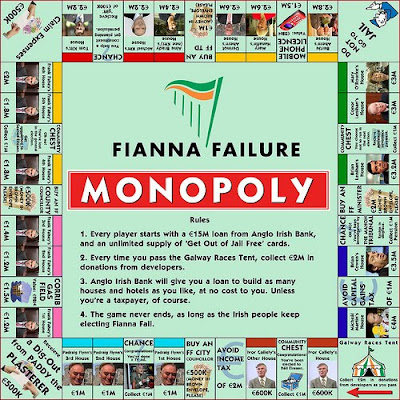
For an insight into the high quality leadership which has brought Ireland to such a happy place see;
Bertie Ahern and poverty in Ireland;
http://daithaic.blogspot.com/2007/12/bertie-ahern-and-poverty-in-ireland.html
The Naked Taoiseach
http://daithaic.blogspot.com/2009/03/naked-taoiseach.html
